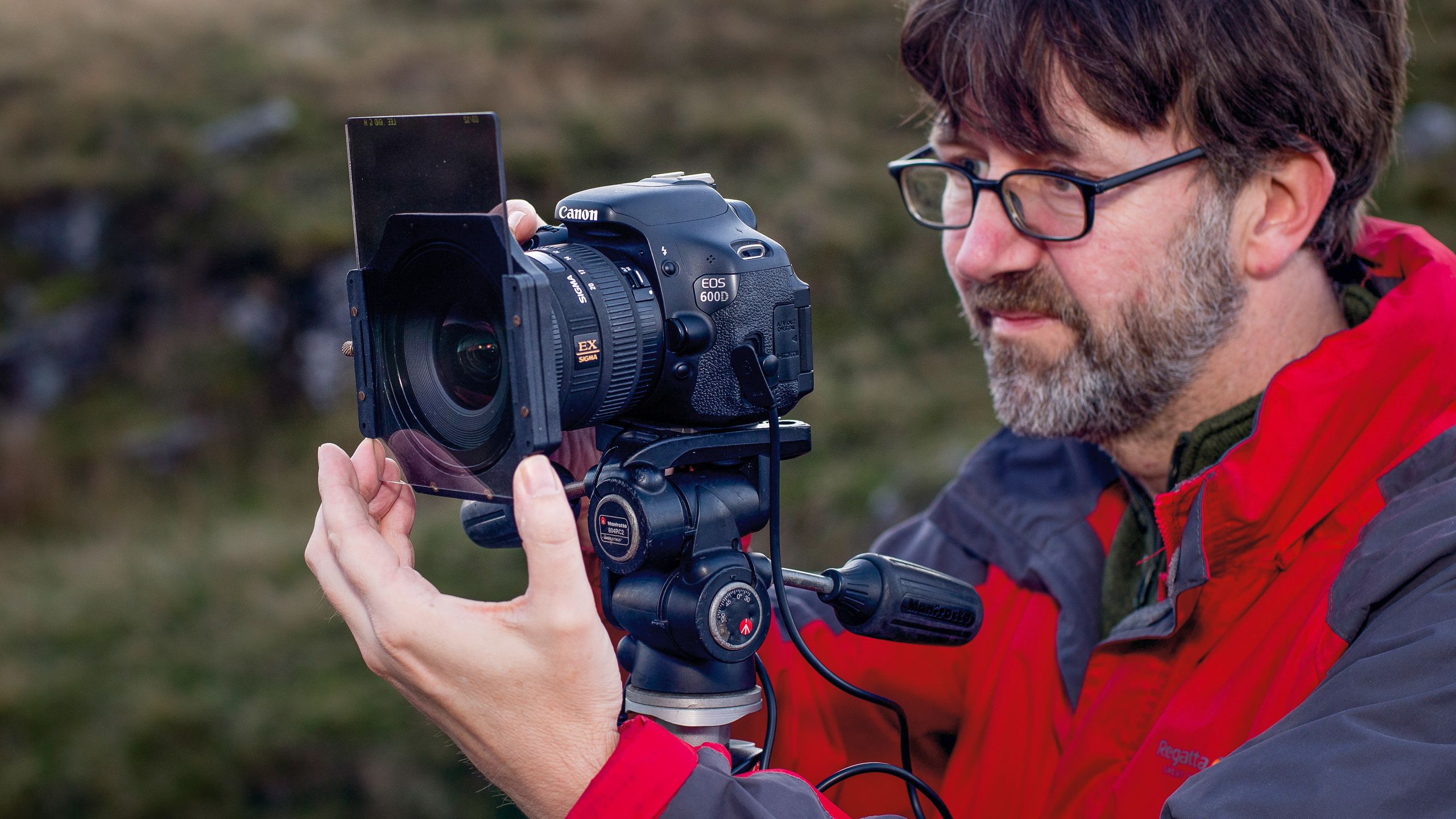But before that, why specifically are you thinking of buying a CPL? They can be useful in some situations, of course - but be sure you understand those situations before you buy.
Hi & thanks for your answer.
bearing in mind I have limited experience, & maybe over thinking things.
I had the idea that When we eventually get some good weather & are allowed out to take photos I would like to do some more landscapes.
I have a few subjects & ideas in mind.
In some instances I may want to eliminate reflections, in water, enrich colours & increase contrast particularly between clouds & sky.
I also had the idea that for early morning / late evening shots (though I do understand I could use Nd filters) that maybe using one would allow me to slow shutter speed down a little to create some movement in the clouds while still maintaining the desired effects mentioned above.
Hope I got that question right:-O


cheers. Marc.


